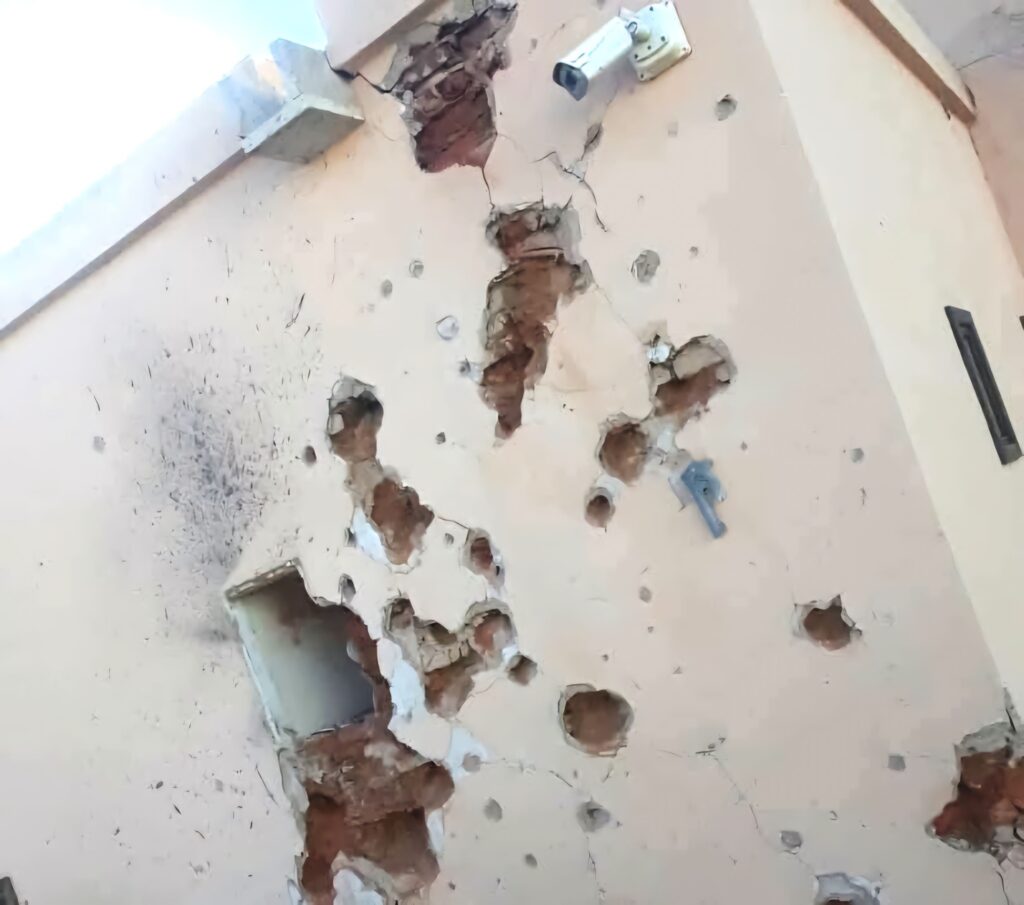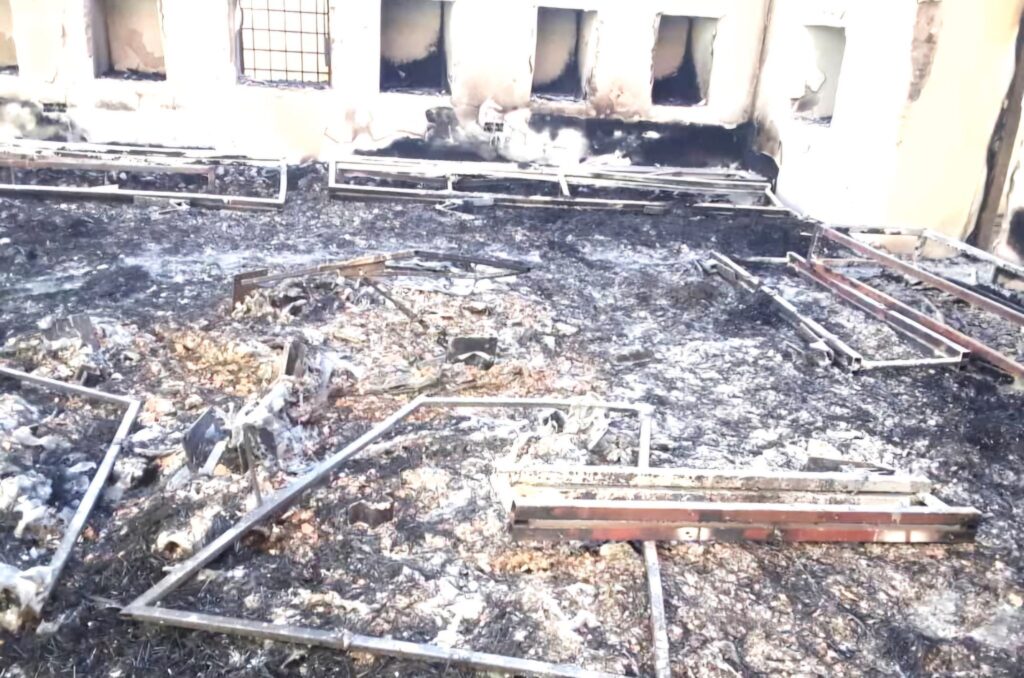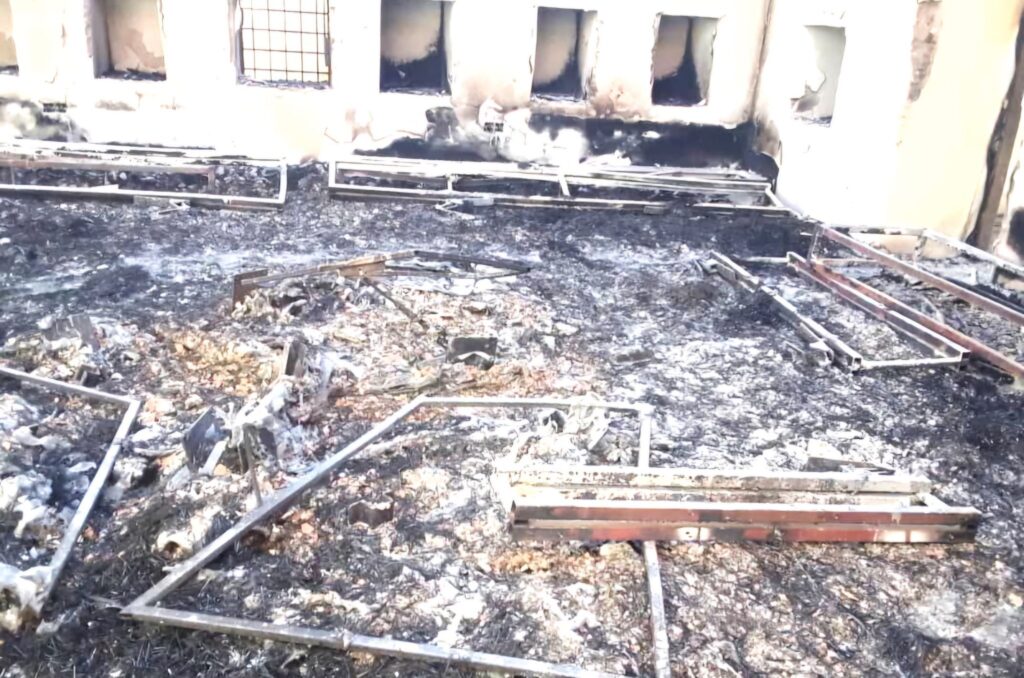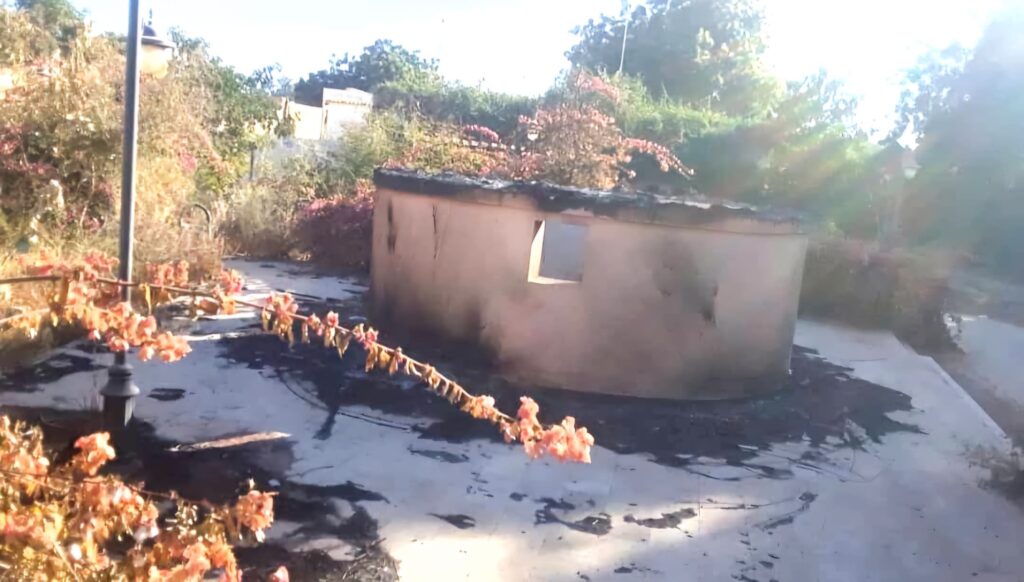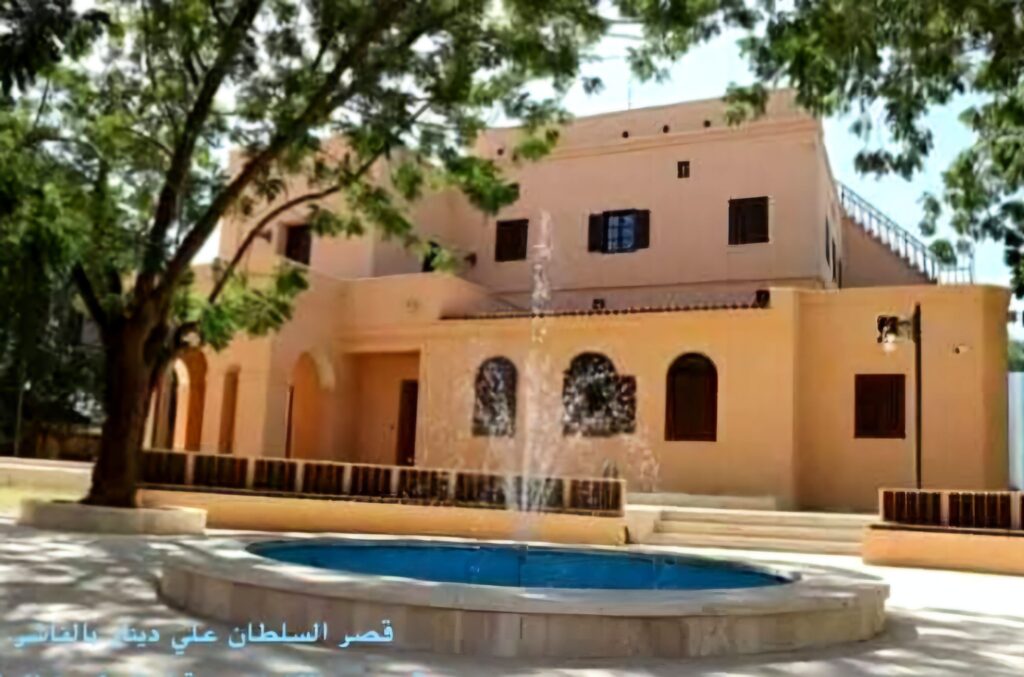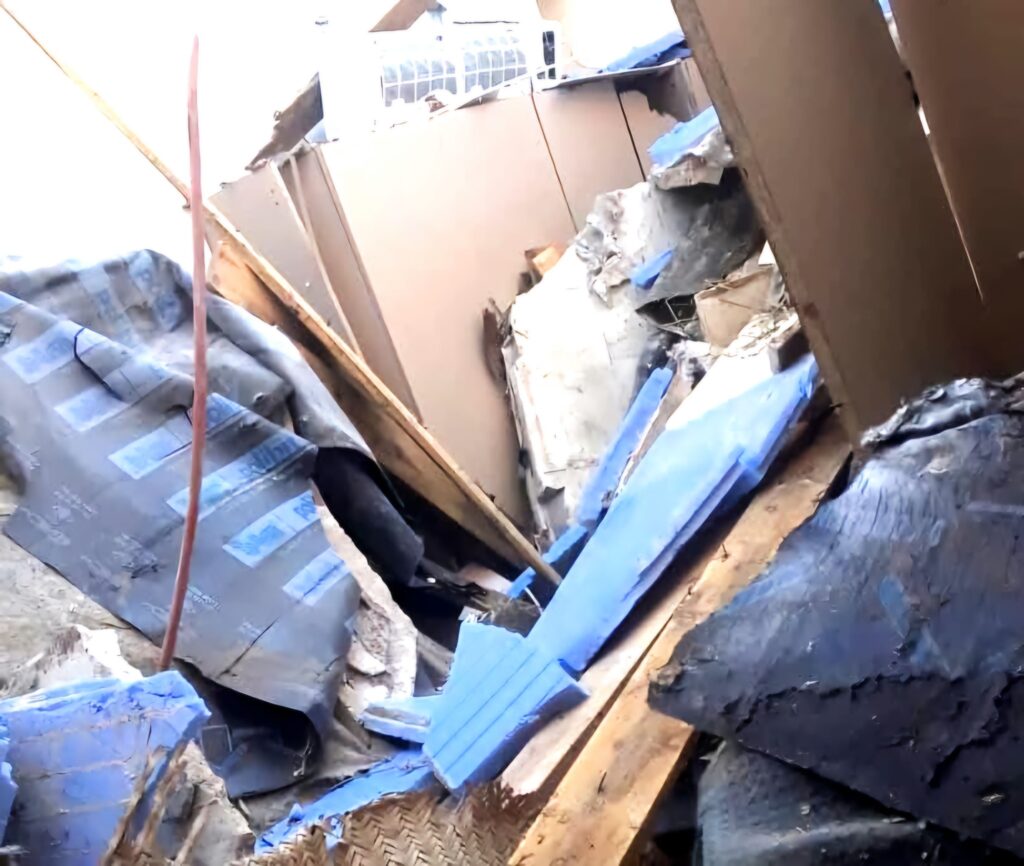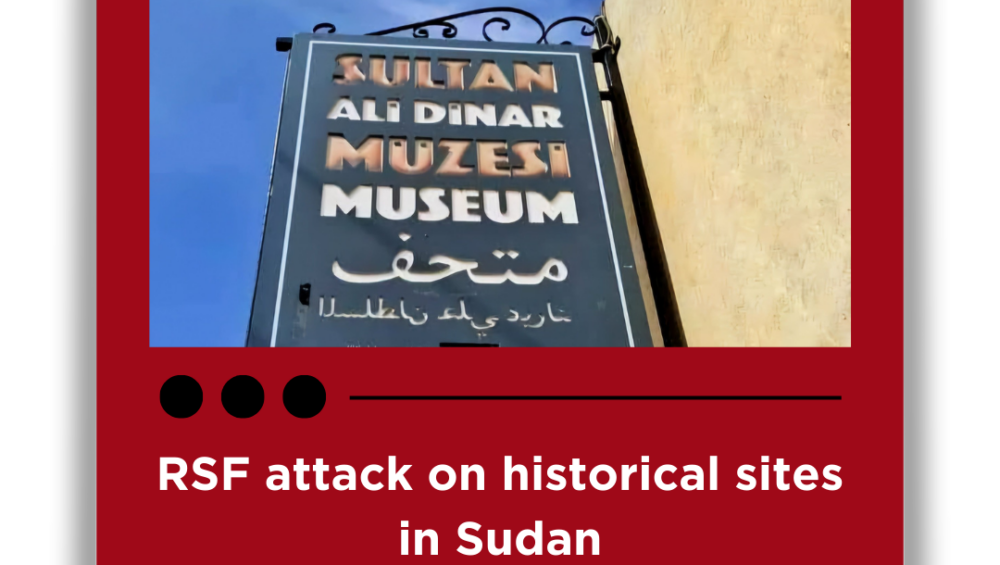On January 15, 2025, the destruction of the Sultan Ali Dinar Palace in El Fasher by the Rapid Support Forces (RSF) marked a chilling turning point in Sudan’s ongoing conflict. This act of destruction, more than just an attack on a physical structure, is an affront to the cultural and historical identity of Sudan and its people. It is a deliberate effort to erase the history of El Fasher, a city deeply rooted in Darfur’s legacy, and to destabilize the very symbols that unite its communities.
The Sultan Ali Dinar Palace: A Symbol of History and Unity
The Sultan Ali Dinar Palace was more than a grand historical building; it represented the heart of Darfur’s identity. The palace, built during the reign of Sultan Ali Dinar, was a key symbol of the region’s rich history and its resistance during colonial rule. For the people of Darfur, the palace was not only a physical structure but also a living memory of their struggles, their culture, and their resilience.
To Sudan, and especially to the people of Darfur, the palace served as a reminder of the past, a beacon of the region’s distinctive cultural heritage that continues to shape its present. Its destruction signifies more than just the loss of bricks and mortar—it represents the destruction of a part of Darfur’s soul, an effort to erase the region’s history and identity.
A Political and Cultural Agenda
The deliberate targeting of such a landmark is indicative of a broader agenda to alter the social and political fabric of Sudan. In a country where conflict has already torn through communities, erasing symbols of unity, like the Sultan Ali Dinar Palace, deepens the divisions. The palace stood as a historical symbol of resilience and pride for the people of Darfur, an area that has long been embroiled in conflict, both internal and external.
The RSF’s attack on this significant cultural site is not just a criminal act; it’s an attempt to reshape the narrative, pushing forward agendas that aim to favor specific political interests while disregarding the rich history and collective identity of Sudanese communities. The loss of such a landmark weakens Sudan’s collective memory, making it easier to rewrite history to serve the political goals of those in power.
The Importance of Preserving Historical Landmarks
Historical landmarks like the Sultan Ali Dinar Palace are not just relics of the past—they are crucial to peacebuilding and reconciliation. They serve as a foundation for understanding the history of a region, offering a shared space for communities to come together in their understanding of the past. The destruction of these landmarks, therefore, undermines the potential for healing, dialogue, and national unity.
In Sudan, where communities have endured significant division and violence, the preservation of cultural heritage is key to fostering a sense of shared identity and collective memory. Destroying these symbols doesn’t just erase a physical space; it erases the shared history that can lead to healing and reconciliation.
The Need for Local and International Action
This tragic act of destruction highlights the urgent need for both local and international efforts to protect Sudan’s historical and cultural landmarks. Preserving these sites is crucial not only for safeguarding the nation’s identity but also for creating spaces where Sudanese communities can begin to heal from the wounds of conflict.
Local communities must be empowered to protect their heritage, while international organizations and governments must offer their support in holding perpetrators accountable for such crimes. Documenting violations, supporting efforts to safeguard historical sites, and ensuring that those responsible are brought to justice is a responsibility that lies with all of us—those who care about the preservation of Sudan’s history and the future of its people.
A Call to Action: Resisting Cultural Erasure
The destruction of the Sultan Ali Dinar Palace is a stark reminder of the fragility of Sudan’s cultural heritage in the face of ongoing violence. Yet, resisting these attempts at cultural erasure is not only a matter of preserving the past; it is about safeguarding the future. The people of Darfur, and Sudan as a whole, have the right to a future that recognizes their history, their resilience, and their identity.
It is our collective duty to stand against these efforts to rewrite history and to advocate for the protection of Sudan’s cultural heritage. We must call on the international community to hold those responsible accountable and to support efforts aimed at preserving these historical landmarks for future generations.
Conclusion
As Sudan continues to navigate through its conflict-ridden present, we must not forget the importance of preserving its past. The destruction of the Sultan Ali Dinar Palace is a tragedy, but it is also a call to action. By protecting historical landmarks and cultural symbols, we protect the identity and unity of Sudan. This responsibility lies not only with the Sudanese people but with the global community, which must stand in solidarity to ensure that Sudan’s rich history and cultural heritage are preserved for generations to come.

